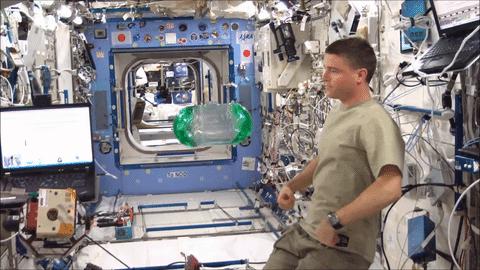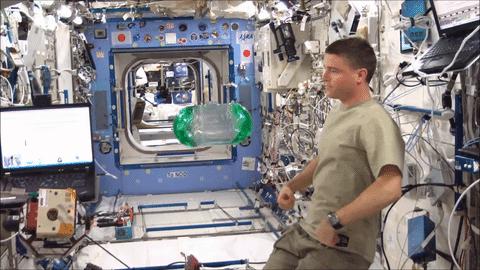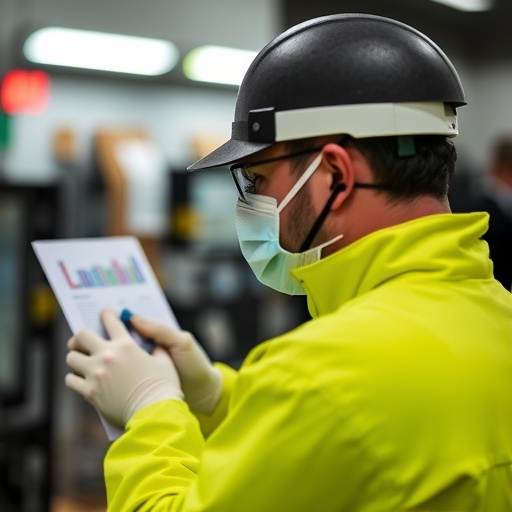
Credit: NASA
On Earth, liquid flows downhill thanks to gravity. Creating an effective liquid fuel tank involves little more than putting a hole at the bottom of a container.
That won't work in space, though. In microgravity, with no gravity to force liquids to the bottom of a container, they cling to its surfaces instead. Spacecraft employ special devices such as vanes, sponges, screens, and channels to guide a liquid where it is needed – to an engine in the case of fuel or propellant.
The Slosh Coating investigation tests using a liquid-repellant coating inside a container to control the movement of liquids in microgravity. Researchers will compare the behavior of liquid in two tanks, one with the coating and one without, aboard the International Space Station. For this test, the clear tanks contain colored water. High definition cameras will record the motion of the water as the containers are put through a series of maneuvers.
In microgravity, when liquid propellant spreads out and evenly coats the walls of a container, it creates two problems, explains principal investigator Brandon Marsell of NASA's Launch Services Program at Kennedy Space Center. Heat on the outside of the tank can boil off the propellant, which wastes fuel, and fuel may not reach the engine to start it when needed.
"We thought if we painted liquid-repelling material on the walls of the tanks, theoretically, instead of sticking to the wall, fluid will stick to the sump at the bottom of the tank, where we want it," Marsell said.
If that proves to be the case, liquid-repellant coatings can be used to design more efficient storage tanks for propellants and other essential fluids for long-duration space flights. Keeping cryogenic propellants off tank walls also will reduce the heat transferred to the fluid and, therefore, the amount of propellant lost to boil-off. That could greatly increase performance of spacecraft, enabling future missions to travel greater distances without increasing the amount of fuel storage.
Coatings also offer other potential advantages. "The sponges, vanes, baffles and other structures placed inside fuel tanks to move liquid where it is needed are all susceptible to breakage," Marsell said. "If we can replace these complicated metallic mechanisms with a coating, it will reduce the potential for things to break, as well as save weight and money."
"We know the coating will repel water, but we aren't sure what the fluid will do instead," said co-investigator Jacob Roth, who is also with the LSP. "We think it will bounce off the walls and stick to the bottom of the tank, the sump, where there is no coating. One question this test might answer is how well it sticks, how easy or difficult it is to dislodge the liquid from the sump when it sloshes around."
If the coating works as expected, the next step will be testing its use on an actual fuel tank for a spacecraft. Potential uses of the final technology include coating the fuel tanks of various rocket stages and in containers at propellant depots, or fuel stations in space. Scientists can design specific coatings to repel different liquids.
Understanding the function of liquid-repellent coatings in space might help with development of coatings with potential benefits on Earth. These could include better protection of electronics from water, improved water-resistance for clothing and gear, and preventing rain from blocking the view through windows on automobiles and aircraft.
Scientists may be able to guide liquid to flow just where it is needed, even where there is no "downhill."
###
Media Contact
Rachel Hobson
[email protected]
@NASA_Johnson
http://www.nasa.gov/centers/johnson/home
############
Story Source: Materials provided by Scienmag





